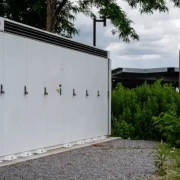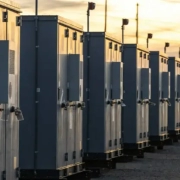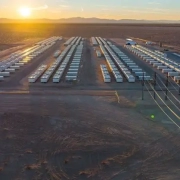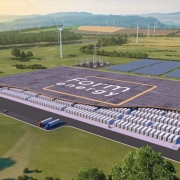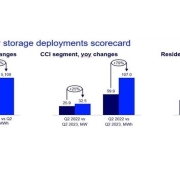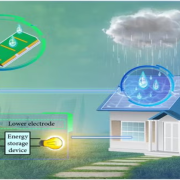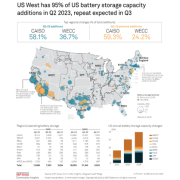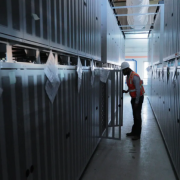When compared to the utility-scale and residential markets, the installed capacity of energy storage in the community, commercial and industrial (CCI) market is woefully underdeveloped, especially judged against its potential.
According to Wood Mackenzie’s “US Energy Storage Monitor” report, the grid-scale segment deployed 6,848 MWh of storage in Q3 2023, the residential segment installed 381.4 MWh and the CCI market managed 92.9 MWh. That “last place” standing will continue for CCI, as the other two markets are predicted to outpace it beyond 2027.
Click here to read the full article
Source: Solar Power World
—
If you have any questions or thoughts about the topic, feel free to contact us here or leave a comment below.

